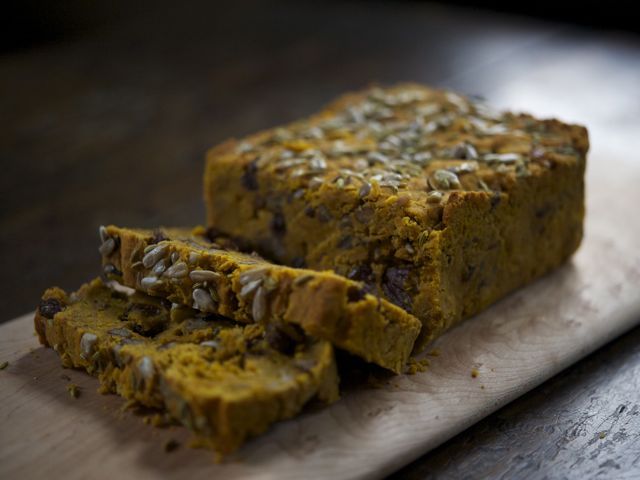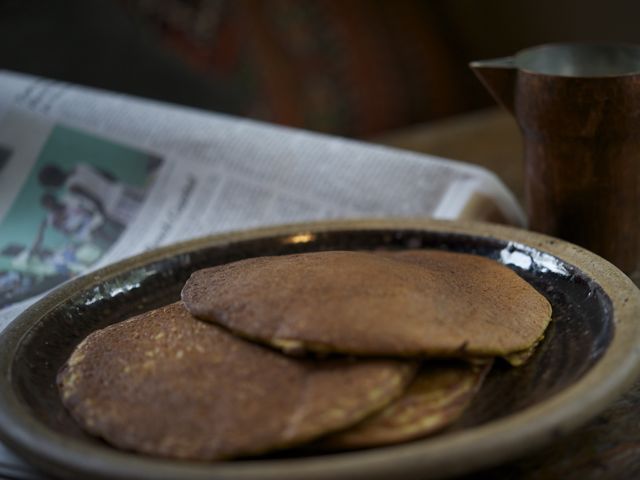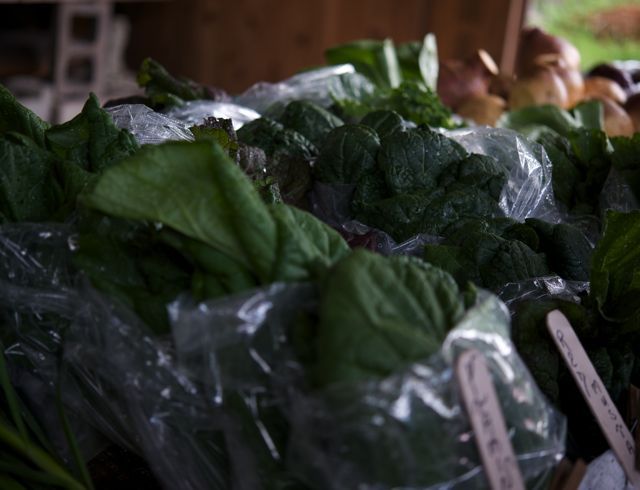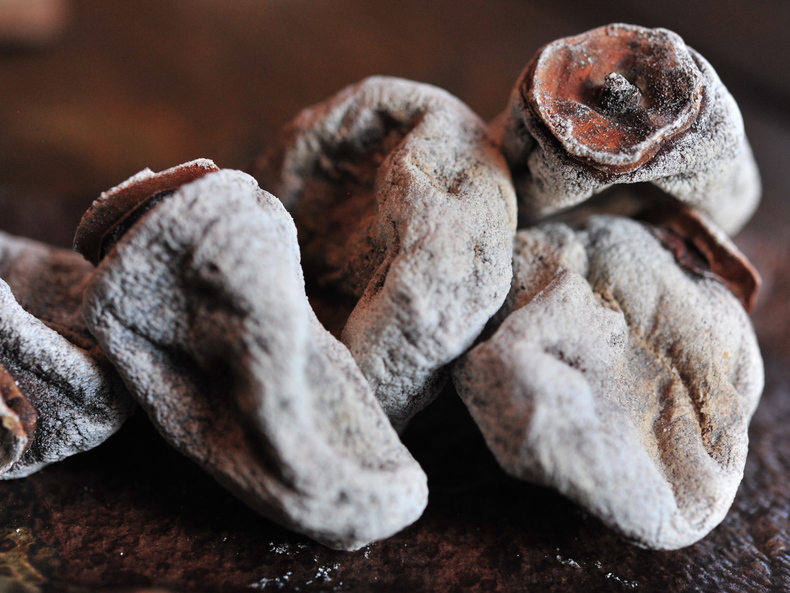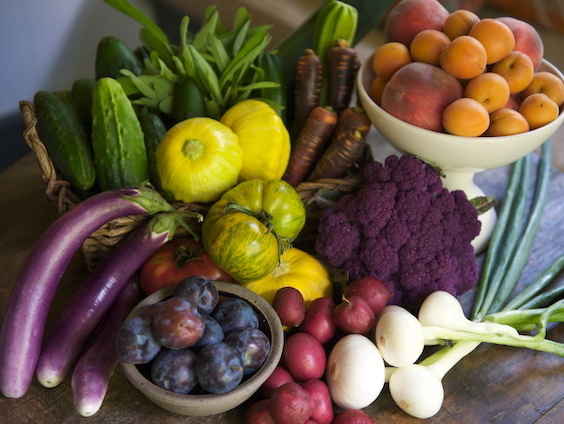I met the impossibly dashing Albano through my friend Lisa when I visited her in Singapore several years ago. He's a dapper Australian designer of Italian extraction with impeccable taste in all things. Our friendship has been sustained mostly through Facebook, one of the very few reasons I can't be totally cynical about "social networking." He has been kind enough to share with me a couple of flawless recipes for what can best be described as tea cakes, those simple homey loaves you slice up and serve alongside a cup of something hot. Both of them allude ever-so-slightly to his Asian environs; one is made with kabocha squash, the other with Japanese sweet potato and seaweed. Toasted and buttered, with jam or just plain, a slice of these bread-like cakes hits the spot at breakfast, too.
Read More...






